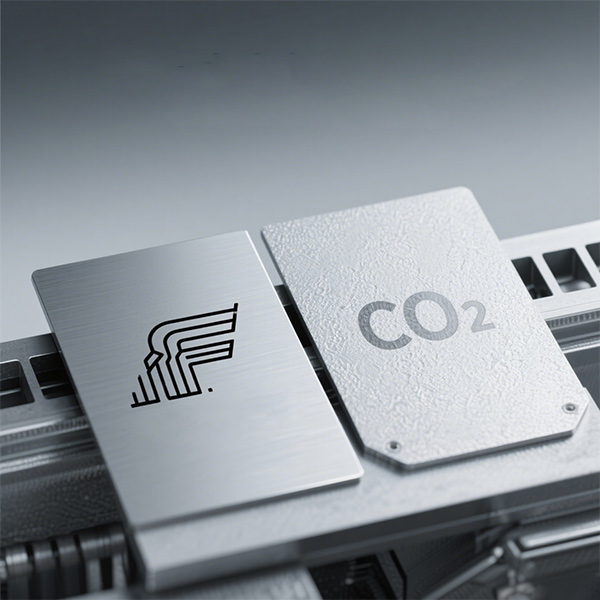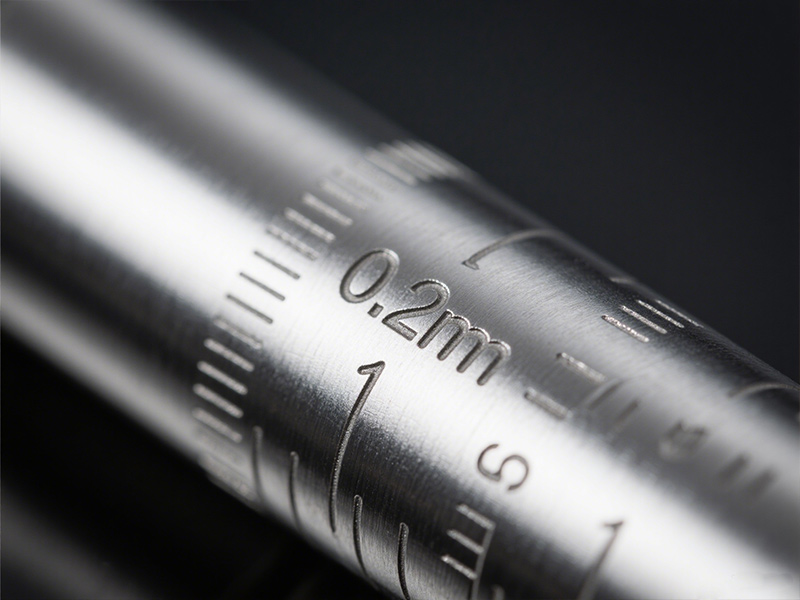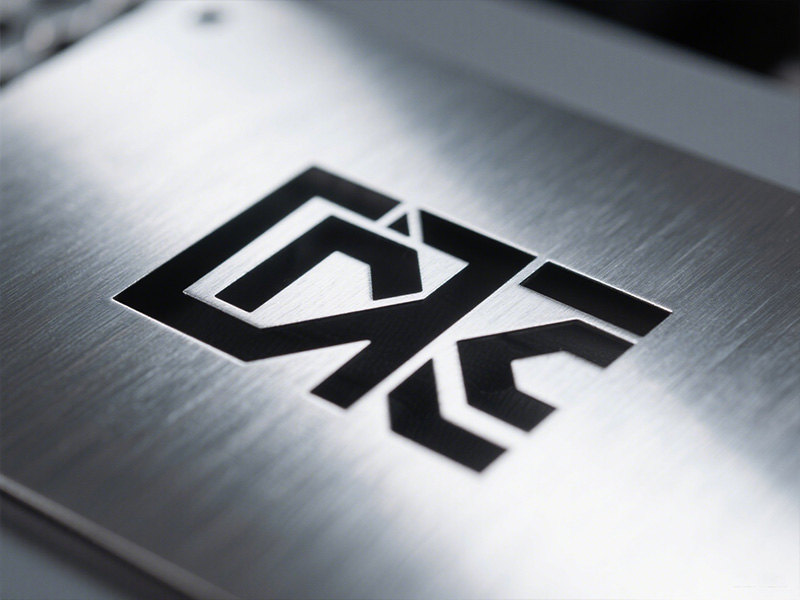
Fiber VS. Co2 laser machine: Which is better?
In today’s manufacturing world, product identification and traceability are more important than ever. Companies across industries rely on advanced technologies to ensure that their products can be tracked, authenticated, and branded with accuracy. One of the most reliable solutions is the laser marking machine, a device that uses concentrated beams of light to produce permanent marks on a wide variety of materials.


